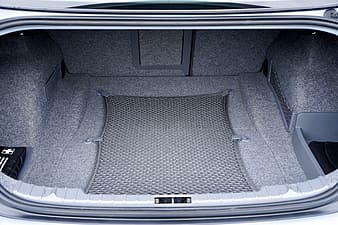You have just acquired your vehicle, and you wish to repair or replace the upholstery as much as possible –– sort of personalizing your car interior according to your taste! This post will guide you to choose them well.
Several solutions exist, but at different costs.
In the manufacturer’s network (dealerships – agents)
In these establishments, priority will be given to original covers and floor mats. If your are not on a budget, this is the best choice:
– Advantage: the interest of the original covers and carpets is that they are dedicated to the model and fit perfectly (clip fastening for carpets, the covers fit your seats perfectly).
– Disadvantage: the average price is high: from $180 to $250 for the set of front and rear covers + $40 to $80 for the set of 4 carpets.
In car centres or workshops (all brands)
Here they offer you 2 types of covers and carpets:

1. Covers and carpets by model, certainly the best choice quality-price:
– Advantages:
◦ They are studied for your vehicle and adapt sufficiently to the profile of your seats and the ground.
◦ The cost is lower than the original equipment (from $100 to $130 for the covers and $50 for the carpets).
– Disadvantage: they do not adapt exactly like the original products, which sometimes leads to some approximations in the aesthetic appearance.
2. You can however consider the universal covers and carpets if you are really tight on budget, and that aesthetics is not important to you.
– Advantage: the only advantage is their price. Count on average $20 for the set of covers and $8 to $20 for the set of carpets.
– Many disadvantages, some of which relate to safety:
◦ Bad adaptability: not designed for a specific model, they will adapt rather badly to the seats and the floor.
◦ Poor quality: they will not withstand intensive use, while the fasteners would already be damaged during assembly.
◦ Because of their universality, you can fit them on any vehicle: unlike the other categories that will be adapted, if your seats are equipped with side airbags, it is strongly recommended that you do not cover them at all.
◦ For the carpets, same remark: the potential danger is more important; your carpets, which are not designed for the shape of the ground, will very quickly go up under the pedals; the substantial risk is to block the accelerator pedal (the professionals know this problem from customers who complain that the engine no longer returns to idle!) or the other pedals (clutch and brake) which can get stuck in the carpet and cause accidents.
Car seat covers: installation
This operation does not require any particular skill, if not a little patience and contortions to staple the cover hooks under the seats (make sure the elastics are correctly stretched: they must be sufficiently taut to avoid folds on the covers and not too much taunt so as not to tear them off).
Warming up your car seats
In winter, heated seats are a little luxury: the heat is diffused much faster than that coming from the vehicle’s heater, and that, comforts your lumbar region!
If your car doesn’t have heated seats, you still have 2 solutions to spend the winter in your car warm:
– Heated seat covers to put on the seats, which are cheap, but which some users find unsightly or uncomfortable.
– Heated seat covers to be integrated inside the seats, which become totally invisible and consist more or less of installing yourself the heated seat option that the vehicle lacks.
Good to know: a seat cover to be fitted costs less than a pair of blankets to be integrated.
Installing heated seat covers in your car
You can therefore install seat covers yourself with a little patience: these heating blankets are to be glued on the back and seat of the seats, inside the covers, and then plugged in electrically.
Their performance is more or less equivalent to that of the heated seats offered as an option by the manufacturers.
How does it work?
The seats have to be stripped – sometimes by removing them:
– remove the cover’s fasteners;
– unzip the zippers;
– cut the seams and metal rings that hold the cover to the body of the seat.
Next, glue the heating blankets by running the electric cables under the backrest, and put the seat cover back on.
Finally, wire the heating blankets to the vehicle’s fuse box, taking care to place the switch.
How long does it take?
This operation takes two to three hours on average, depending on the type of vehicle.
Wish you good luck ahead in choosing the best for your car. Remember to leave your comments in the section below.


